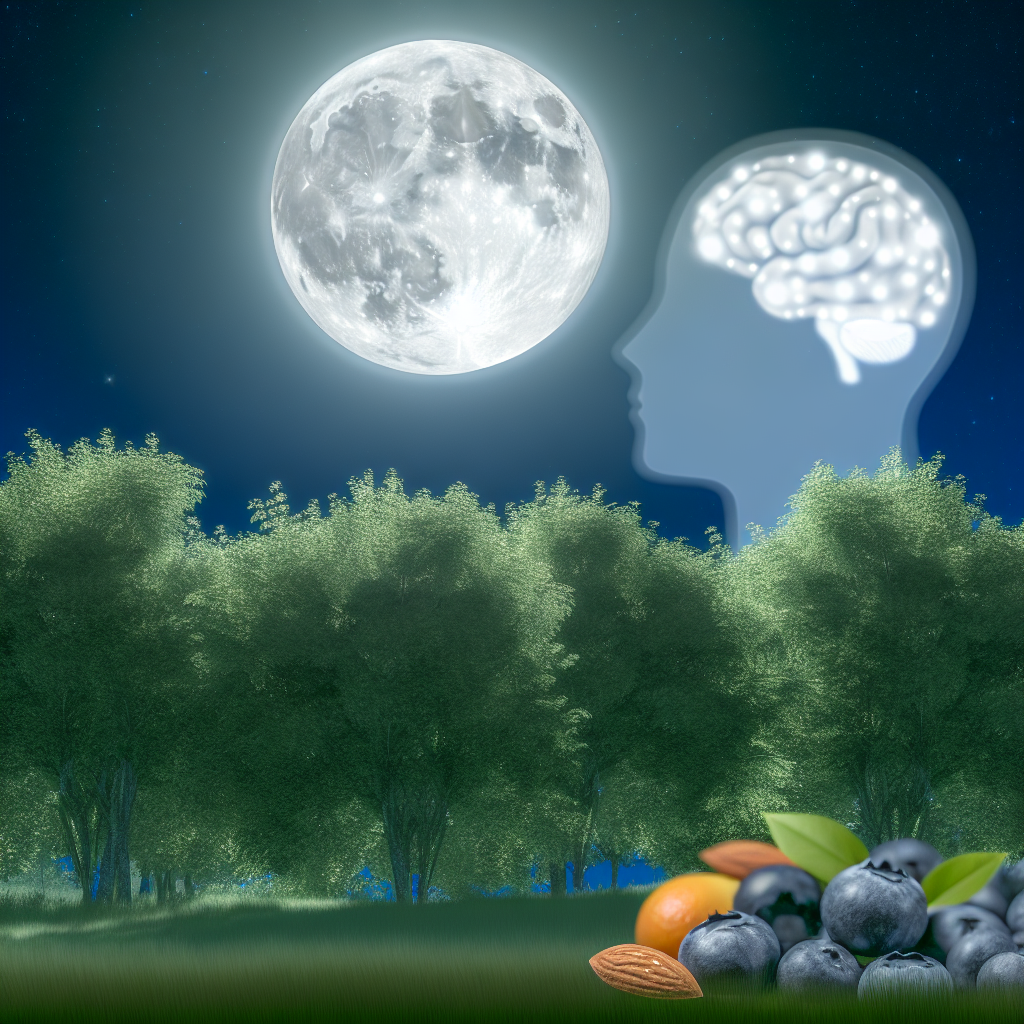The temperature of your room may impact your sleep. A warm environment can make you fall asleep more quickly, while a cool room can cause you to wake up early. A warm room can also assist you in lowering your body’s core temperature, which can lessen your risk of developing sleep apnea.
Adding Layers Lowers Body Temperature
The body’s core temperature drops as a result of layering. Minimizing sweating and reducing blood flow to the skin’s papillary layers aids the body in maintaining body heat. In addition, people can reduce their body temperature by submerging themselves in cold water. Blood temperature can be lowered by cold water, particularly in surface-level veins.
A study found that approximately 10% of body heat is lost through the head. However, this region only comprises seven to nine percent of the body’s surface area. Therefore, to prevent perspiration, it’s crucial to wear proper clothing.
You Can Get to Sleep Faster at Night by Maintaining a Comforting Environment
Finding a temperature that would be comfortable for you is crucial because the temperature is another significant aspect of falling asleep. Wear light pajamas or sleep naked if you have trouble staying cool. Keep an ice pack or ice water next to your bed. To keep the air ventilating, you can also utilize a fan. The best sleeping temperature is 65 degrees Fahrenheit. You’ll feel more rested in the morning if you keep your room at this temperature.
Keep your bedroom chilly during the day and warm in a warm climate at night. You’ll sleep faster, and the room’s temperature will be kept from rising. To encourage natural cross-ventilation, it is also a good idea to open windows across from one another. More air can enter the space through smaller apertures, while a stronger cooling effect results from bigger ones.
Keeping a Space Chilly Can Trigger Cardiac Autonomic Reactions
In rats, a simulated autonomic conflict brought on by submersion in cold water can result in cardiac arrhythmias. In humans, this syndrome is comparable to alternating bradycardia and tachycardia. This arrhythmia has only ever been observed in isolated rat hearts. The simulated autonomic conflict was repeatedly exposed, which made the arrhythmia worse.
Immersion in cold water sets off intense autonomic responses known as the diving and cold shock responses. These reactions, brought on by sympathetic tachycardia and parasympathetic bradycardia, are brought on by cutaneous cold thermoreceptors. Many occurrences of sudden cardiac death previously mistaken for drowning likely result from this autonomic struggle.
Sleep Apnea is Impacted by Maintaining a Cool Environment at Night
You may sleep better at night if your environment is kept cool. Winter’s chilly air can dry up the nasal passages and airways, leading to apnea. In addition, cold viruses can enter the body more quickly in cold temperatures. Additionally, cold weather frequently causes congestion, worsening sleep apnea symptoms.
Maintaining a cold environment at night is crucial for people with sleep apnea. Those with the condition may breathe easier and sleep better at night if the environment is chilly. The most restful sleeping temperature for most people is 65 degrees. Thus, the bedroom temperature should be similar.

Dominic E. is a passionate filmmaker navigating the exciting intersection of art and science. By day, he delves into the complexities of the human body as a full-time medical writer, meticulously translating intricate medical concepts into accessible and engaging narratives. By night, he explores the boundless realm of cinematic storytelling, crafting narratives that evoke emotion and challenge perspectives.
Film Student and Full-time Medical Writer for ContentVendor.com




